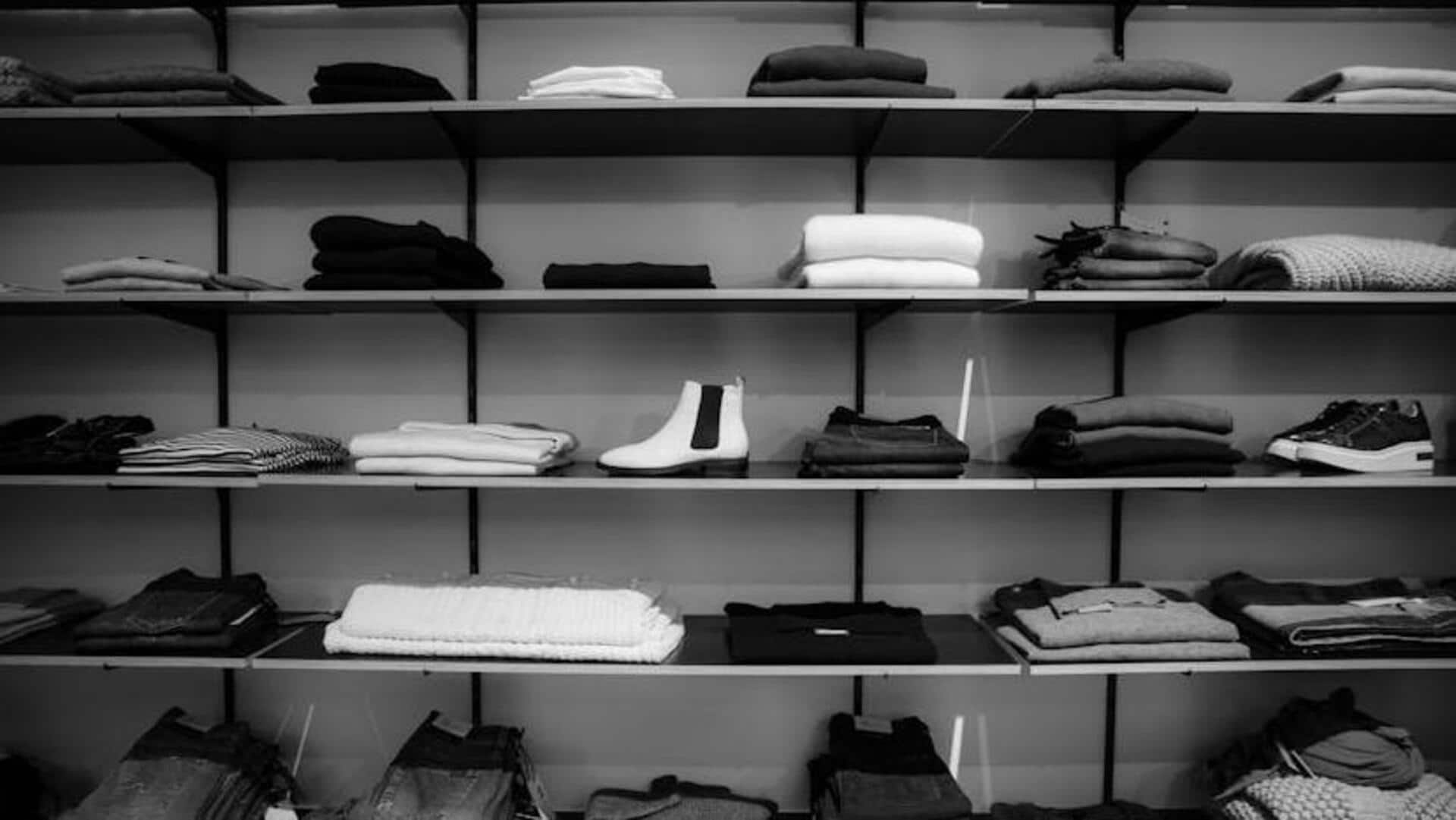In an era increasingly conscious of environmental impacts, fashion is pivoting toward zero-waste designs. This isn't merely a trend but a significant eco-conscious movement that is reshaping how we produce and consume clothing. By utilizing every scrap of fabric, zero-waste fashion challenges both designers and consumers to rethink waste and commit to sustainability , profoundly transforming our approach to fashion.
The zero-waste methodology Zero-waste fashion initiates at the design stage, aiming for no textile waste. Traditional cutting often leads to 15% of fabric waste, but zero-waste methods strive for full use. This approach reduces landfill waste and ignites designer creativity.

By ensuring every fabric piece is utilized, it promotes environmental sustainability and encourages innovative design, making a significant impact on reducing fashion's ecological footprint. Crafting with scraps At the heart of zero-waste fashion is the commitment to use every piece of fabric. Scraps are innovatively transformed into new garments or accessories, ensuring no material goes to waste.
This practice encourages designers toward creative solutions, often resulting in unique, one-of-a-kind pieces. These items not only showcase creativity but also embody mindful consumption, highlighting the importance of sustainability in the fashion industry. Practical upcycling tips Begin by transforming old clothes into new items.
For instance, a faded T-shirt can easily be repurposed into a stylis.
















